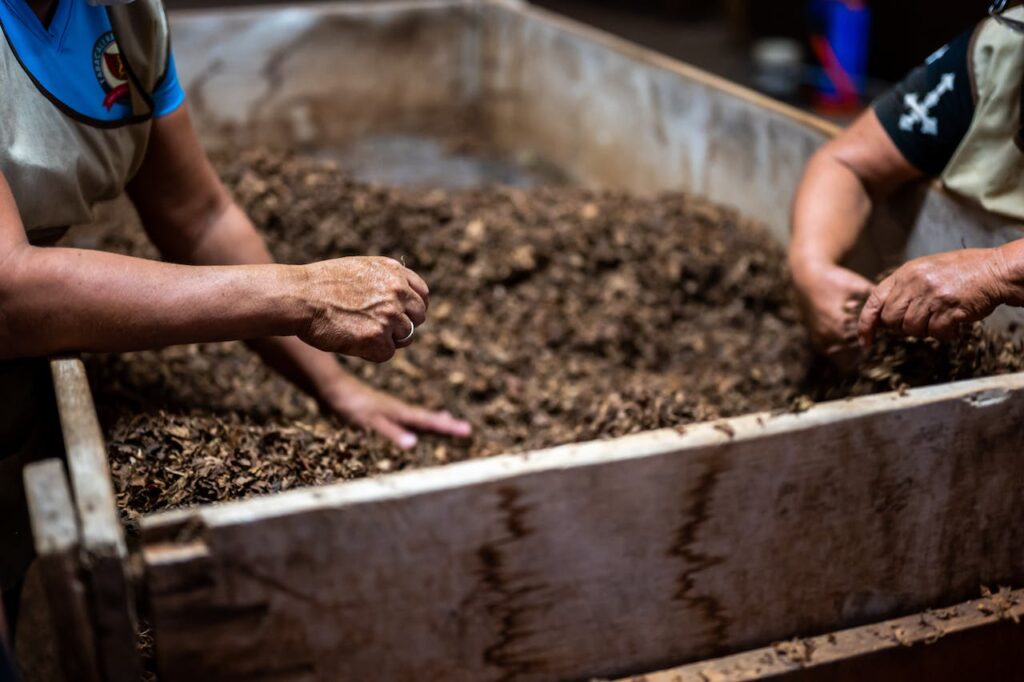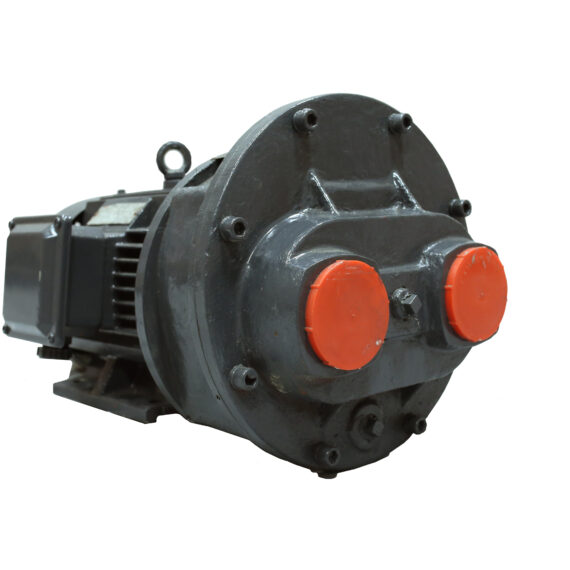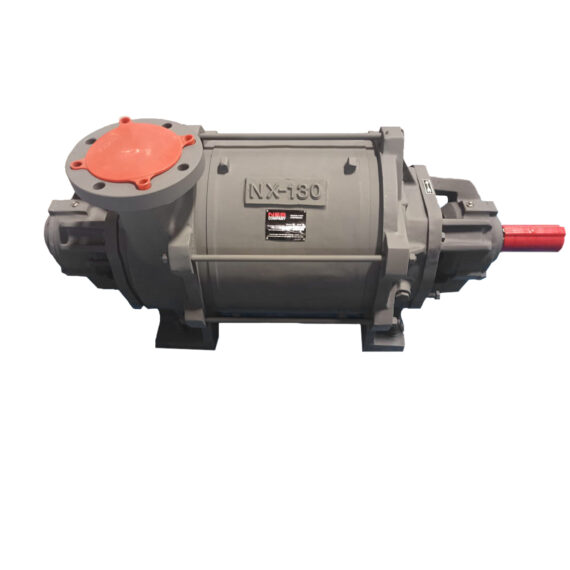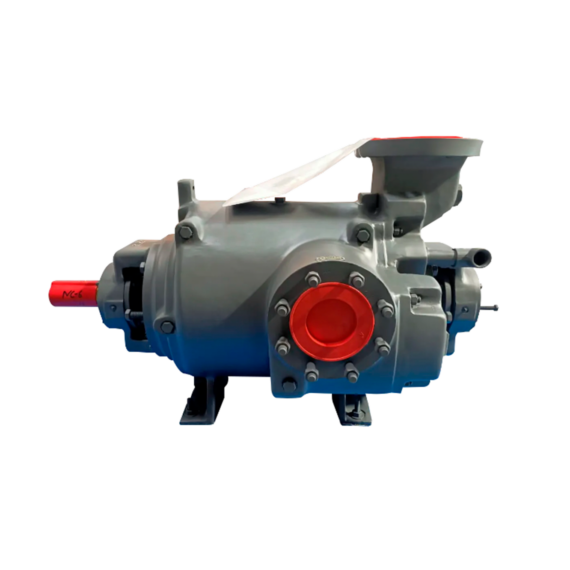
The NES Perspective: Tobacco Production
Tobacco innately demands precise control over moisture, temperature, and air quality from planting to packing. Through precision air equipment and systems, this industry is pushed to greater heights in quality and longevity.
- Fogging, Humidifying
- Packaging
View our Products
Tobacco manufacturing is a closely controlled and monitored process, refined by modern engineering. From the moment the leaves are harvested to the final pack sealed for retail, the product must maintain exact levels of integrity and consistency. Moisture plays a major part in this, as tobacco is a hydroscopic crop: extremely sensitive to ambient moisture and tricky to nurture.
With too humid of an environment, the leaves attract mold and insects, and the end product leaves a poor taste and burns poorly. With too dry of an environment, the leaves wither and break, with no product left. Along with moisture, temperature also influences the leaves in equally significant ways. Removing the involvement of certain precision air equipment would render the mass production of tobacco impossible.
Once the leaves are harvested, they are hung in large curing barns. Blowers cyclically introduce warm, humidified air in controlled amounts to maintain the quality of the leaves. From there, the actual curing can take many forms: some prefer to sun-cure, others prefer fire-curing, while still more prefer flue curing.
The general concept of curing encompasses wilting the leaves to a precise degree and aging the tobacco such that it attains the desired flavors, aromas, and color. Each curing method has its own advantages and demerits, including repeatability and curing time. Once the leaves are properly cured, they are carefully stripped and prepared for packaging.
The leaves are packed using Modified Atmospheric Packing (MAP), where leaves are carefully placed in vacuum bags that are tightly evacuated and sealed. In this manner, oxidative agents are prevented from degrading the leaves, and bacteria are trapped outside while the leaves are preserved for the longest possible time as they are shipped and stored.
Vacuum systems are commonly employed for the packaging process. From fogging procedures to vacuum-sealed packaging, each facility employs its own unique combination of vacuum system to ensure that the product is distributed in a calculated, careful manner so as to maintain the utmost quality of end product.




